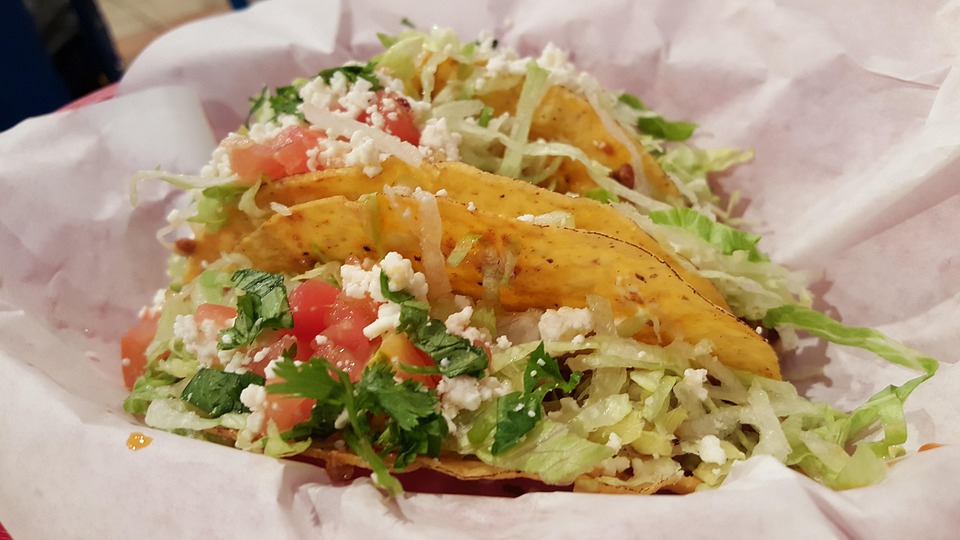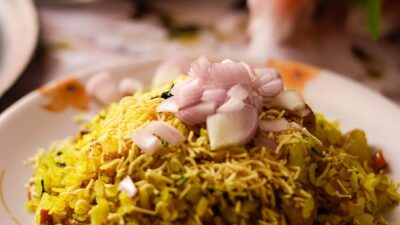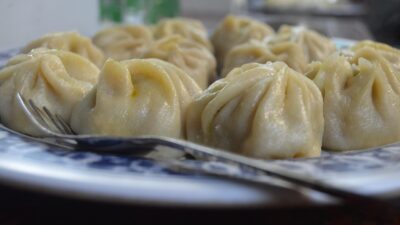When one thinks of Mexican cuisine, the mind often gravitates toward the ubiquitous taco: a delightful combination of a warm tortilla folded around an assortment of ingredients. However, to reduce Mexican food to merely tacos is to overlook the vast tapestry of flavors, regional specialties, and culinary traditions that define this vibrant cuisine. From the coastal delights of frutti di mare to the rich, earthy flavors of mole, Mexico’s culinary landscape is as diverse as its culture.
A Culinary Mosaic
Mexican cuisine is not monolithic; it varies significantly from region to region, each area contributing its unique ingredients and cooking methods. The rich history of indigenous civilizations, colonial influences, and modern adaptations has crafted a truly diverse culinary tradition.
The North: Where Meat Reigns Supreme
The northern states, such as Chihuahua and Sonora, are known for their livestock farming. Here, you’ll find robust meat dishes such as carne asada and cabrito—young goat, marinated, and cooked over open flames. The region is also famous for its burritos and quesadillas, often filled with tender meats and melted cheese.
The Central Highlands: A Cornucopia of Flavors
In the central highlands, especially around Mexico City, the cuisine takes on a different character. Chiles en nogada, a patriotic dish featuring stuffed poblano peppers topped with a creamy walnut sauce and pomegranate seeds, beautifully showcases the area’s culinary creativity. This region is also the birthplace of the beloved tamale, a scrumptious bundle of masa filled with meats, cheeses, or sweet ingredients, wrapped in corn husks and steamed to perfection.
The South: Tropical Treasures
Traveling southwards, the cuisine becomes infused with tropical elements, particularly in states like Oaxaca and Veracruz. Here, seafood is abundant, with dishes like ceviche and papas a la francesa with octopus highlighting the coastal bounty. Oaxacan cuisine is world-renowned for its mole—a complex sauce typically made with chocolate, chilies, nuts, and spices, often served over chicken or turkey.
Beyond the Classics: Lesser-Known Dishes
While staples like tacos, enchiladas, and guacamole have found global recognition, many lesser-known dishes deserve mention:
-
Tlayudas: Often dubbed "Oaxacan pizza," this dish features a large, crispy tortilla topped with refried beans, cheese, meats, and vegetables.
-
Sopes: Thick, round tortillas with raised edges, sopes are topped with an assortment of ingredients like meat, beans, lettuce, salsa, and crema, making them a hearty option.
-
Pozole: A traditional soup made from nixtamalized corn (hominy) and typically flavored with pork or chicken, pozole varies in color from white to green to red, depending on the ingredients used.
- Ceviche: Common along coastal areas, ceviche features raw fish marinated in citrus juices, often paired with cilantro, onions, and chilies for a refreshing kick.
The Influence of Indigenous Ingredients
Mexican cuisine is deeply rooted in indigenous traditions, showcasing ingredients that have been used for centuries. Corn, beans, and chili peppers form the foundation of many dishes, alongside herbs such as epazote, cilantro, and various seeds like pumpkin and sesame. This reliance on local, seasonal ingredients ensures a connection to the land and its history.
Celebrating Regional Festivals
Food in Mexico is often linked to festivals and celebrations. For example, during Día de los Muertos (Day of the Dead), families gather to prepare and enjoy classic dishes like pan de muerto, a sweet bread decorated to honor the deceased. Similarly, the annual Guelaguetza festival in Oaxaca showcases the region’s food diversity, featuring traditional cuisine from multiple indigenous cultures.
Conclusion: A Culinary Journey
To truly appreciate Mexican cuisine is to embark on a culinary journey that goes far beyond tacos. With its diverse regions, rich history, and intricate flavors, Mexican food is a reflection of its people, culture, and traditions. Each dish tells a story—a narrative shaped by geography, history, and community. As you explore beyond the familiar tacos, you will uncover an incredible world of gastronomic delights that promise to tantalize the senses and nourish the soul. So the next time you indulge in Mexican food, take a moment to savor the richness of its diverse offerings and celebrate its culinary heritage.



